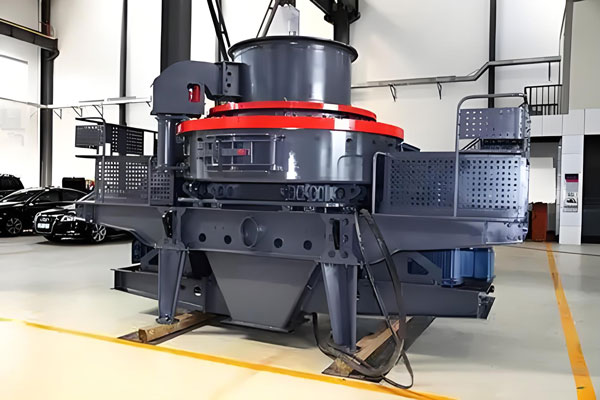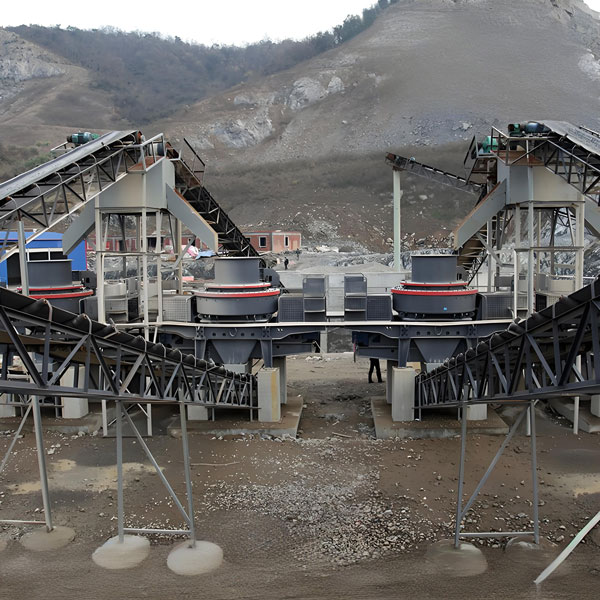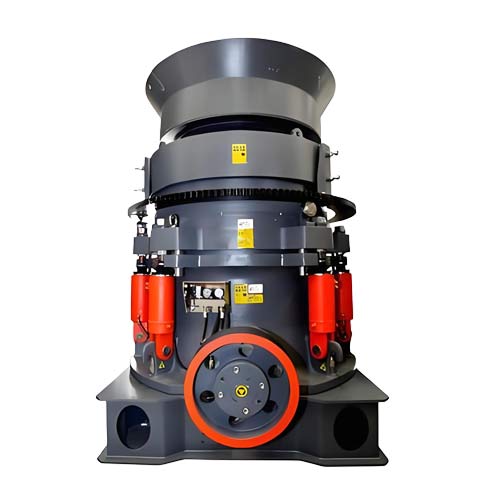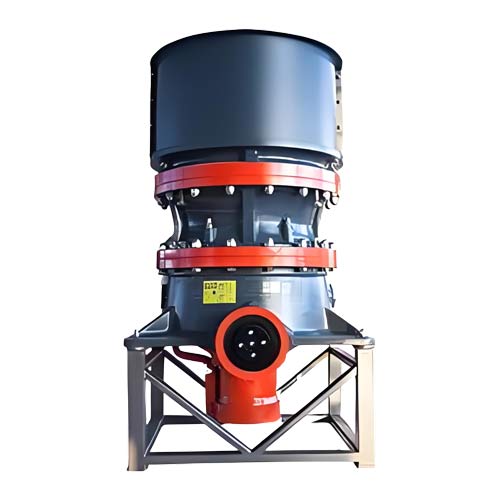The difference between Raymond mill and vertical mill for grinding calcium powder
Raymond mills offer a simple structure and low cost, making them suitable for producing low- to medium-fine calcium powders. Vertical mills, with their advanced technology and higher fineness, meet the demand for ultrafine calcium powders. Choosing the right equipment based on your budget and fineness requirements can significantly improve production efficiency.
Raymond mills and vertical mills are common industrial grinding equipment, each with its own unique characteristics in calcium powder processing. The following compares and analyzes the differences between the two in terms of structure, grinding fineness, output and cost, energy consumption and environmental protection, and application scope:

1. Internal structure and working principle
1. Raymond mill:
○ Internal structure: The grinding rollers are installed on a spring plum blossom frame (usually 5-6 pieces), and move in a circular motion around the central axis. The bottom scraper lifts the material and sends it into the grinding space between the grinding rollers and the fixed side wall grinding ring (i.e. the side wall of the mill) for grinding.
○ Features: The grinding ring is fixed and the grinding roller moves dynamically, crushing the material through extrusion and grinding.
2. Vertical mill:
○ Internal structure: The grinding roller is fixed after adjustment, and forms a gap with the rotating grinding disc through its self-rotation motion. The material is crushed and ground in the gap between the two.
○ Features: The grinding roller and the grinding disc are not in direct contact, and the material is crushed through relative motion. Some models are equipped with a drying system.

2. Grinding fineness and particle size range
1. Raymond mill:
○ The fineness range is relatively coarse, usually 20 mesh to 400 mesh, and some improved types can reach 600 mesh. It is suitable for the demand for medium and low fineness calcium powder.
2. Vertical mill:
○ After technical improvements, the fineness is finer, reaching 325 mesh to 1250 mesh or even higher (such as 3 microns), which is suitable for the production of ultrafine calcium powder and meets the needs of high-end panels, coatings and other fields.
3. Output, Cost and Economy
1. Raymond mill:
○ It has a simple structure, is easy to maintain, has a low output (such as 3-50t/h), and is relatively cheap. It is suitable for small and medium-sized calcium powder processing companies or those with limited budgets.
2. Vertical mill:
○ It has a complex structure, high technical content, and higher output (such as 8-200t/h), but the equipment investment cost is relatively high. It is suitable for large-scale industrial production, such as the scale demand of cement and non-metallic mineral industries.

4. Energy consumption and environmental performance
1. Raymond mill:
○ The energy consumption is relatively high, and there are problems with low system efficiency, noise and emissions. Some models have been improved, but the overall environmental performance is slightly weaker than that of vertical mills.
2. Vertical mill:
○ Technological trends tend towards energy conservation and environmental protection, such as the use of variable frequency speed regulation, centralized lubrication, and low-energy consumption classification systems to reduce power waste and meet current green production requirements.
5. Application Scope and Industry Adaptability
1. Raymond mill:
○ The traditional process has been proven, stable and reliable, and is suitable for low-end applications of calcium powder in boards, building materials, metallurgy, and other fields where fineness requirements are not high.
2. Vertical mill:
○ It is more suitable for large-scale professional fields, such as deep processing of high-hardness calcium powder (such as ultrafine calcium carbonate), which is used in high-end panels, coatings, pharmaceuticals and other high-value-added industries to meet the needs of refined production.

6. Maintenance and Operation Characteristics
1. Raymond mill:
○ It has a simple structure and is easy to maintain, making it suitable for companies with low technical barriers. However, it is necessary to regularly clean the bellows duct to prevent blockage.
2. Vertical mill:
○ High degree of automation (such as intelligent electronic control system), the grinding roller can be quickly turned out for maintenance, reducing downtime, and has strong long-term operating stability, but operation requires professional training.
Summary and Recommendations
● If the calcium powder demand is mainly medium to low fineness (such as ordinary plate filler), and the budget is limited and the site is small, Raymond mill is the cost-effective choice;
● If ultrafine calcium powder is required (such as high-end coatings and pharmaceutical-grade applications), vertical mills are given priority. Their high fineness, high output and environmental performance are more suitable for large-scale, high-value-added production scenarios.
Related Products
Inquiry
Please leave us your requirements, we will contact you soon.





